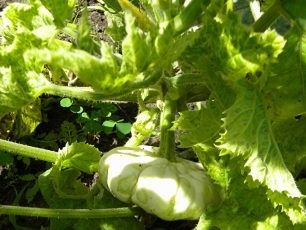 Zucchini, pumpkins and gourds are usually called the simplest to grow. Like, they grow in any soil and always delight with good fruits - only give them water on time. But this is not always the case: sometimes diseases come to the garden that harm vegetable crops and even completely destroy the crop. These include zucchini and pumpkin disease Mosaic. Although cucumbers and squash can also suffer.
Zucchini, pumpkins and gourds are usually called the simplest to grow. Like, they grow in any soil and always delight with good fruits - only give them water on time. But this is not always the case: sometimes diseases come to the garden that harm vegetable crops and even completely destroy the crop. These include zucchini and pumpkin disease Mosaic. Although cucumbers and squash can also suffer.
By the way, read more about cucumber diseases and their treatment.
Mosaic - what kind of plant disease is it?
Mosaic (another name - ring mosaic) is a viral disease that leads to degenerative changes in vegetable crops in the country. It affects both leaves and fruits, if at the time of infection the bush has already managed to acquire ovaries.
Mosaic virus can occur in several or even in one plant from the entire garden. In this case, you will immediately see that something is wrong with the bush: its leaves will begin to be covered with a dotted “ornament” consisting of alternating light green and dark green “tiles”. This "pattern" is similar to a real mosaic, so the disease is called exactly that.
Old leaves of zucchini, squash, cucumbers or pumpkins, when infected with Mosaic, quickly dry out, and young ones curl and grow underdeveloped - too small, narrow, twisted and island. Fruits are immediately affected: their surface becomes embossed and covered with dark spots. Naturally, eating such fruits is no longer possible (and it is unlikely that anyone will find the spoiled vegetables appetizing).
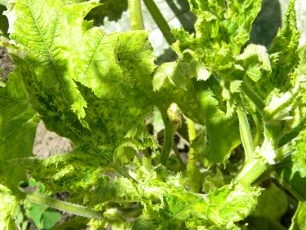
Where does the Mosaic disease come from?
There are several ways in which the Mosaic virus can get on a bed with zucchini or other vegetable crops:
- Initially infected seeds. Unfortunately, one cannot always be sure of the quality of the seeds sold. Sometimes planting material in purchased bags gets on our beds already infected, and then it infects neighboring vegetable crops. If you harvest the seeds yourself, use only healthy fruits for this.
- Sucking insects (such as aphids) or ticks that feed on plants. These insects can transfer the Mosaic from one plant to another, thereby causing summer residents a lot of inconvenience and harming the crop.
- Juice of affected plants. This means that weeds and cultivated plants that are not timely removed from the garden can spread the disease.
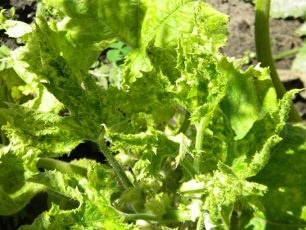
Methods of dealing with Mosaic in vegetable plants
Mosaic is a virus, and it is impossible to save an already diseased plant from it. So only preventive measures remain at the disposal of summer residents - disease prevention. Rules for the prevention of Mosaic disease:
1. Sick plants should be removed immediately, isolating from healthy ones. Bushes pulled out from the root should be burned in a fire, and in no way thrown into a compost pile so as not to spread the disease throughout the summer cottage.
2. So that your squash and squash do not become infected from weeds infected with Mosaic, regularly weed out weeds, preventing it from approaching the vegetable beds. Also make sure that weeds do not grow directly in the holes of cultivated bushes.
Find out the right thing growing zucchini in the open field.
3. Fight aphids and other pests with convenient and acceptable methods. Surely, if only one vegetable bush fell ill from the whole garden, you should not use insecticides: the benefits and harm from it for the crop are too disproportionate.
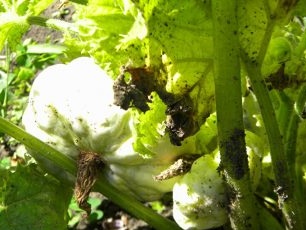
Mosaic disease affects zucchini, pumpkins, squash and cucumbers.But usually she appears in abandoned areas, have not seen weeding from weeds for a long time. So the best way to prevent this disease is to provide high-quality and timely care for the entire summer cottage - and for beds and paths with grass, from which Mosaic can also spread.
Also, every summer resident should know what is tillage in the fall from pests and diseases.

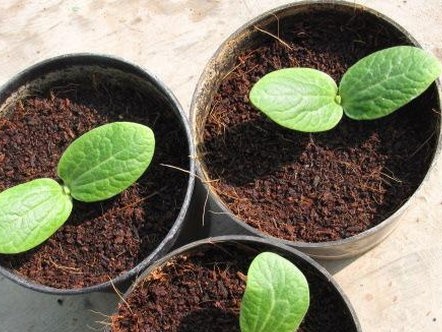
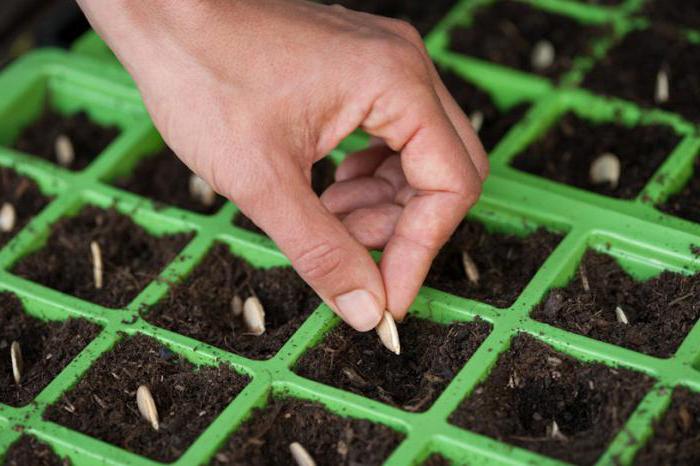

 Pumpkin and Zucchini Disease Mosaic
Pumpkin and Zucchini Disease Mosaic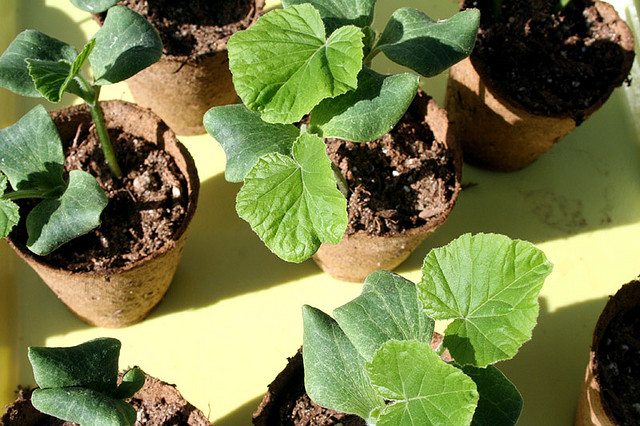 The timing of planting pumpkin seedlings in the suburbs of 2016
The timing of planting pumpkin seedlings in the suburbs of 2016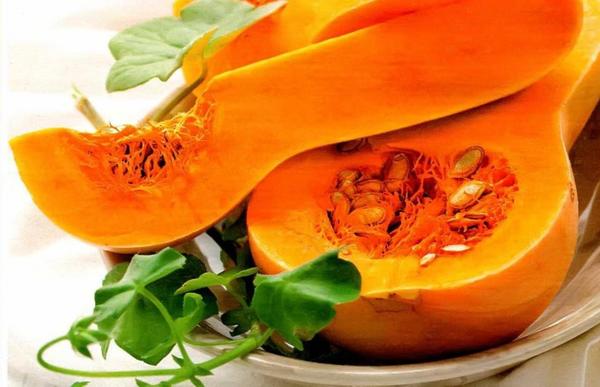 When to plant pumpkin for seedlings in 2016 according to the lunar calendar
When to plant pumpkin for seedlings in 2016 according to the lunar calendar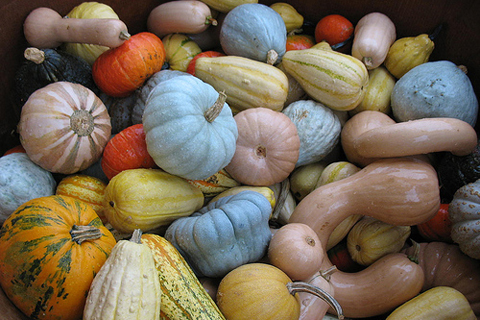 About the timing of pumpkin harvesting in the suburbs
About the timing of pumpkin harvesting in the suburbs